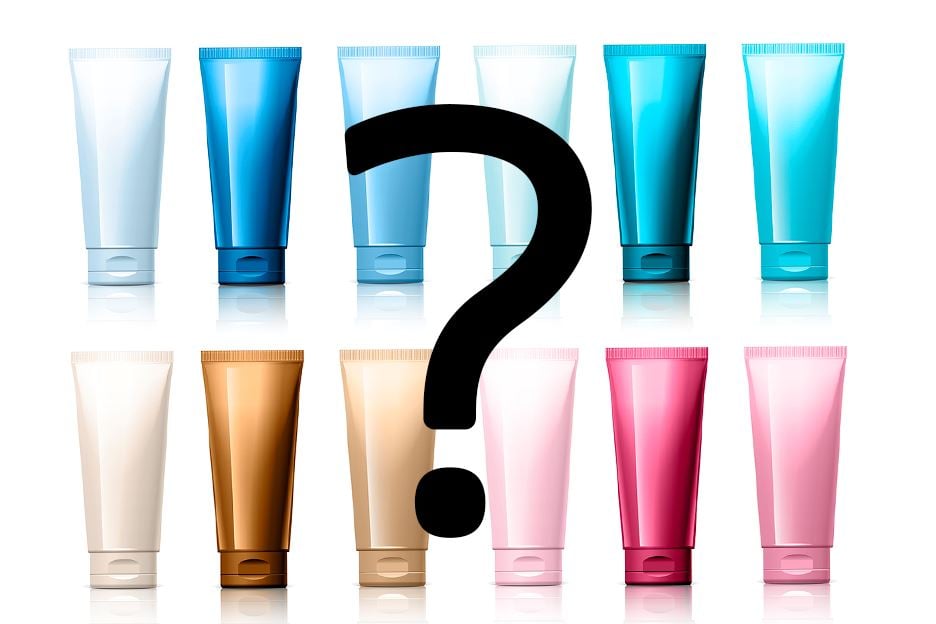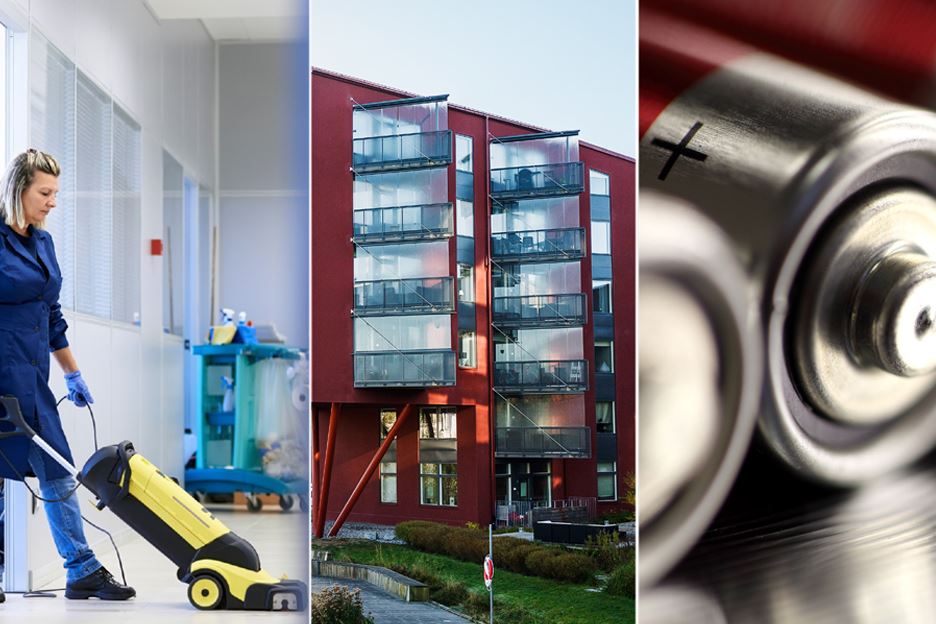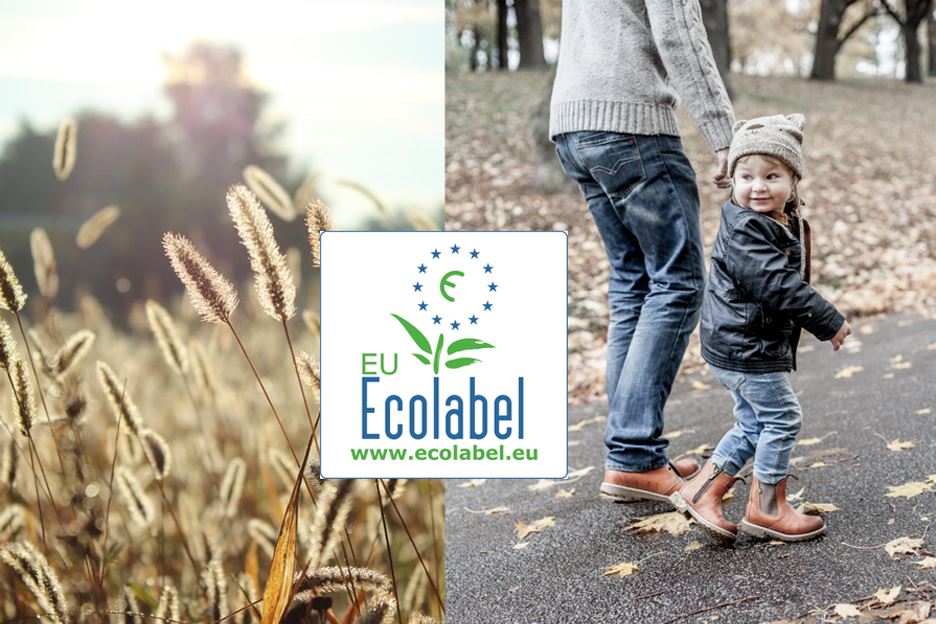This is how it works
The purpose of ecolabelling is to help consumers make good choices for the environment. It is urgent to change our consumption and lifestyle if we are to reach the UN's global goals for sustainable development. Nordic Ecolabelling works for several of the 17 sustainability goals, as our requirements have a positive impact on, for example, biodiversity, clean water, and non-toxic environment. Obviously, goal number 12 on sustainable production and consumption is our top priority.
The Nordic Swan Ecolabel is a Type 1 ecolabel (ISO 14024). This is one of the world's most credible and tough environmental labels. Type 1 means that the products meet environmental requirements set by an independent third party, that the requirements are continually tightened, and that they are developed from a life-cycle perspective.
After 30 years in the service of the environment, 96% of all Swedes recognize the Nordic Swan Ecolabel and 75% trust that Nordic Swan Ecolabelled products and services are a good choice for the environment (Ipsos 2017).
Who's behind the Nordic Swan Ecolabel?
The Nordic countries have agreed on an official ecolabel, the Nordic Swan Ecolabel. In Sweden it is the state-owned company Ecolabelling Sweden who is responsible for the label on the Swedish market. Ecolabelling Sweden works on behalf of the government and without any industry or profit interest. We are also responsible for the EU Ecolabel, which is the EU's common ecolabel.
What can be ecolabelled?
We only set requirements for products and services where they would have a great potential to reduce environmental impact. Naturally, it is mostly products that are used in large quantities and by many people.

To obtain effective requirements that are useful and not push environmental problems from one area to another, we make a life-cycle analysis. This means analysing the content and use of products and services, for example, chemicals, raw materials, how they are produced / used (water and energy consumption, emissions to air, water and soil) and how the product is taken care of when it is consumed (recycling and waste).


